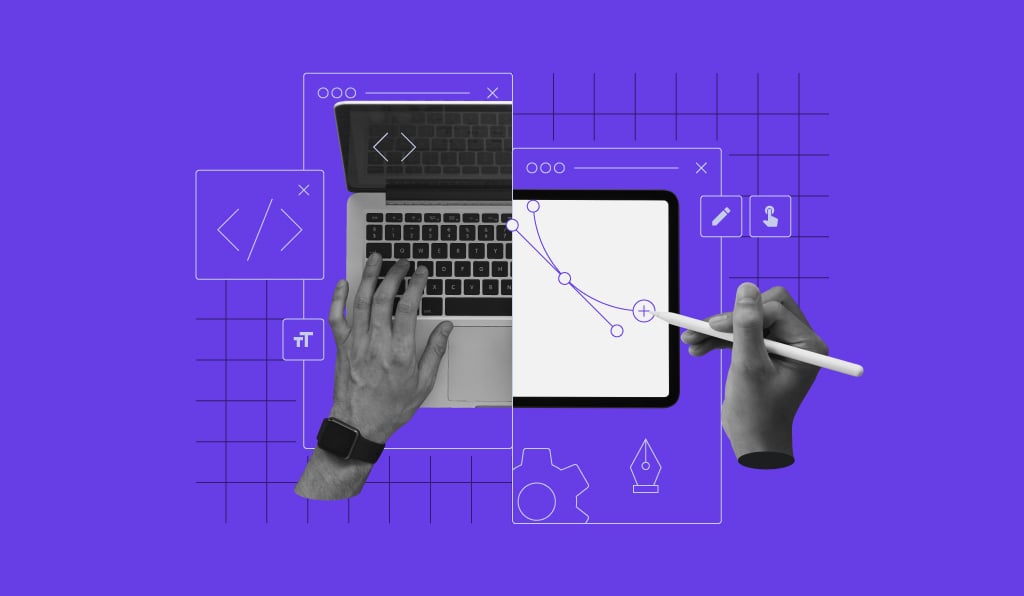Introduction:
In today’s digital age, graphics and web design play a crucial role in shaping the online experience. From eye-catching visuals to user-friendly interfaces, the world of design is constantly evolving to meet the needs and expectations of users. In this blog post, we’ll delve into the latest trends, tools, and techniques in graphics and web design that are shaping the digital landscape.
Responsive Design:
One of the most significant trends in web design is responsive design. With the proliferation of mobile devices, websites must adapt to various screen sizes and resolutions. Designers are leveraging techniques like flexible grids and media queries to create seamless experiences across devices. We’ll discuss the importance of responsive design and best practices for implementation.
Minimalism and Flat Design:
Minimalism and flat design continue to dominate the graphics and web design scene. Clean layouts, simple typography, and subtle use of colors are key elements of this design approach. We’ll explore how minimalism enhances user experience by reducing clutter and improving readability.
UX/UI Design Principles:
User experience (UX) and user interface (UI) design are at the forefront of web design strategies. Designers are focusing on creating intuitive interfaces that prioritize usability and accessibility. We’ll delve into UX/UI design principles such as consistency, hierarchy, and feedback loops that contribute to a positive user experience.
Visual Storytelling:
Graphics are powerful tools for storytelling. Designers are using visuals such as illustrations, infographics, and videos to convey messages and engage audiences. We’ll examine the role of visual storytelling in capturing attention and communicating complex ideas effectively.
3D Graphics and Animation:
Advancements in technology have led to the widespread adoption of 3D graphics and animation in web design. From interactive product demos to immersive website experiences, 3D elements add depth and interactivity. We’ll discuss the impact of 3D graphics on user engagement and ways to integrate them into web design projects.
Accessibility and Inclusivity:
Designing with accessibility in mind is crucial for reaching diverse audiences. We’ll explore accessibility standards and practices that ensure websites are usable for people with disabilities. Inclusivity in design involves considering factors such as color contrast, text readability, and navigation ease for all users.
Design Tools and Software:
The design landscape is enriched by a plethora of tools and software that empower designers to bring their ideas to life. We’ll highlight popular design tools for creating graphics, prototyping interfaces, and optimizing web performance.
Conclusion:
Graphics and web design continue to evolve, driven by technological advancements and changing user expectations. By staying updated with the latest trends, adopting user-centered design principles, and leveraging innovative tools, designers can create impactful experiences that resonate with audiences across the digital realm.







